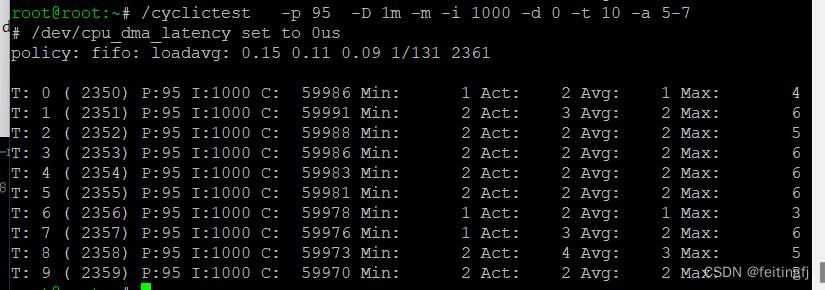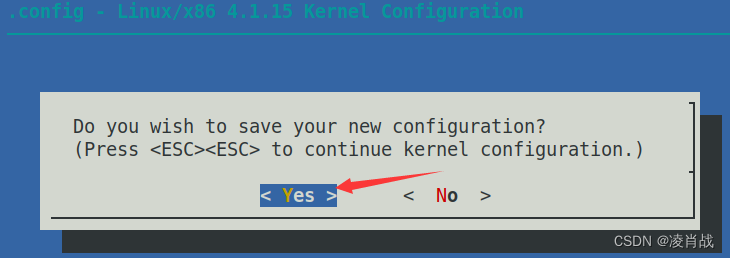刚开始的写CS61A作业:
OK程序都不知道在哪,自己开个源文件写(后来才发现要在网站作业下载)
Q2: A Plus Abs B
Fill in the blanks in the following function for adding a to the absolute value of b, without calling abs. You may not modify any of the provided code other than the two blanks.
from operator import add, sub
def a_plus_abs_b(a, b):
"""Return a+abs(b), but without calling abs.
>>> a_plus_abs_b(2, 3)
5
>>> a_plus_abs_b(2, -3)
5
>>> # a check that you didn't change the return statement!
>>> import inspect, re
>>> re.findall(r'^\s*(return .*)', inspect.getsource(a_plus_abs_b), re.M)
['return h(a, b)']
"""
if b >= 0:
h = _____
else:
h = _____
return h(a, b)
分析:要求返回一个函数,以实现abs的功能
实现:既然要返回h.那么h就需要是函数
(又因为我们只能在横线修改,故观察题头的add sub函数)
答案就呼之欲出了
from operator import add, sub
def a_plus_abs_b(a, b):
"""Return a+abs(b), but without calling abs.
>>> a_plus_abs_b(2, 3)
5
>>> a_plus_abs_b(2, -3)
5
>>> # a check that you didn't change the return statement!
>>> import inspect, re
>>> re.findall(r'^\s*(return .*)', inspect.getsource(a_plus_abs_b), re.M)
['return h(a, b)']
"""
if b >= 0:
h = add
else:
h = sub
return h(a, b)Q3: Two of Three
Write a function that takes three positive numbers as arguments and returns the sum of the squares of the two smallest numbers. Use only a single line for the body of the function.
def two_of_three(x, y, z):
"""Return a*a + b*b, where a and b are the two smallest members of the
positive numbers x, y, and z.
>>> two_of_three(1, 2, 3)
5
>>> two_of_three(5, 3, 1)
10
>>> two_of_three(10, 2, 8)
68
>>> two_of_three(5, 5, 5)
50
>>> # check that your code consists of nothing but an expression (this docstring)
>>> # a return statement
>>> import inspect, ast
>>> [type(x).__name__ for x in ast.parse(inspect.getsource(two_of_three)).body[0].body]
['Expr', 'Return']
"""
return _____
Hint: Consider using the
maxorminfunction:>>> max(1, 2, 3) 3 >>> min(-1, -2, -3) -3
def two_of_three(x, y, z):
"""Return a*a + b*b, where a and b are the two smallest members of the
positive numbers x, y, and z.
>>> two_of_three(1, 2, 3)
5
>>> two_of_three(5, 3, 1)
10
>>> two_of_three(10, 2, 8)
68
>>> two_of_three(5, 5, 5)
50
>>> # check that your code consists of nothing but an expression (this docstring)
>>> # a return statement
>>> import inspect, ast
>>> [type(x).__name__ for x in ast.parse(inspect.getsource(two_of_three)).body[0].body]
['Expr', 'Return']
"""
return min(x*x+y*y,x*x+z*z,y*y+z*z)Q4: Largest Factor
Write a function that takes an integer x that is greater than 1 and returns the largest integer that is smaller than x and evenly divides x.
def largest_factor(x):
"""Return the largest factor of x that is smaller than x.
>>> largest_factor(15) # factors are 1, 3, 5
5
>>> largest_factor(80) # factors are 1, 2, 4, 5, 8, 10, 16, 20, 40
40
>>> largest_factor(13) # factor is 1 since 13 is prime
1
"""
"*** YOUR CODE HERE ***"
Hint: To check if
bevenly dividesa, you can use the expressiona % b == 0, which can be read as, "the remainder of dividingabybis 0."
def largest_factor(x):
"""Return the largest factor of x that is smaller than x.
>>> largest_factor(15) # factors are 1, 3, 5
5
>>> largest_factor(80) # factors are 1, 2, 4, 5, 8, 10, 16, 20, 40
40
>>> largest_factor(13) # factor is 1 since 13 is prime
1
"""
"*** YOUR CODE HERE ***"
n=x-1
while n>0:
if x%n==0:
return n
n -= 1
Q5: If Function vs Statement
Let's try to write a function that does the same thing as an if statement.
def if_function(condition, true_result, false_result):
"""Return true_result if condition is a true value, and
false_result otherwise.
>>> if_function(True, 2, 3)
2
>>> if_function(False, 2, 3)
3
>>> if_function(3==2, 3+2, 3-2)
1
>>> if_function(3>2, 3+2, 3-2)
5
"""
if condition:
return true_result
else:
return false_resultDespite the doctests above, this function actually does not do the same thing as an if statement in all cases. To prove this fact, write functions cond, true_func, and false_func such that with_if_statement prints the number 47, but with_if_function prints both 42 and 47.
def with_if_statement():
"""
>>> result = with_if_statement()
47
>>> print(result)
None
"""
if cond():
return true_func()
else:
return false_func()
def with_if_function():
"""
>>> result = with_if_function()
42
47
>>> print(result)
None
"""
return if_function(cond(), true_func(), false_func())
def cond():
"*** YOUR CODE HERE ***"
def true_func():
"*** YOUR CODE HERE ***"
def false_func():
"*** YOUR CODE HERE ***"
Hint: If you are having a hard time identifying how an
ifstatement andif_functiondiffer, consider the rules of evaluation for if statementsdef with_if_function(): """ >>> result = with_if_function() 42 47 >>> print(result) None """ return if_function(cond(), true_func(), false_func()) def cond(): "*** YOUR CODE HERE ***" return False def true_func(): "*** YOUR CODE HERE ***" print(42) def false_func(): "*** YOUR CODE HERE ***" print(47)and call expressions.
Q6: Hailstone
Douglas Hofstadter's Pulitzer-prize-winning book, Gödel, Escher, Bach, poses the following mathematical puzzle.
- Pick a positive integer
xas the start. - If
xis even, divide it by 2. - If
xis odd, multiply it by 3 and add 1. - Continue this process until
xis 1.
The number x will travel up and down but eventually end at 1 (at least for all numbers that have ever been tried -- nobody has ever proved that the sequence will terminate). Analogously, a hailstone travels up and down in the atmosphere before eventually landing on earth.
Breaking News (or at least the closest thing to that in math). There was a recent development in the hailstone conjecture last year that shows that almost all numbers will eventually get to 1 if you repeat this process. This isn't a complete proof but a major breakthrough.
This sequence of values of x is often called a Hailstone sequence. Write a function that takes a single argument with formal parameter name x, prints out the hailstone sequence starting at x, and returns the number of steps in the sequence:
def hailstone(x):
"""Print the hailstone sequence starting at x and return its
length.
>>> a = hailstone(10)
10
5
16
8
4
2
1
>>> a
7
"""
"*** YOUR CODE HERE ***"
Hailstone sequences can get quite long! Try 27. What's the longest you can find?
Watch the hints video below for somewhere to start:
Use Ok to test your code:
python3 ok -q hailstonedef hailstone(x):
"""Print the hailstone sequence starting at x and return its
length.
>>> a = hailstone(10)
10
5
16
8
4
2
1
>>> a
7
"""
"*** YOUR CODE HERE ***"
n=0
while x>0:
print("%d"%x)
n+=1
if x==1:
return n
if x%2==0:
x/=2
else:
x=x*3+1
return n
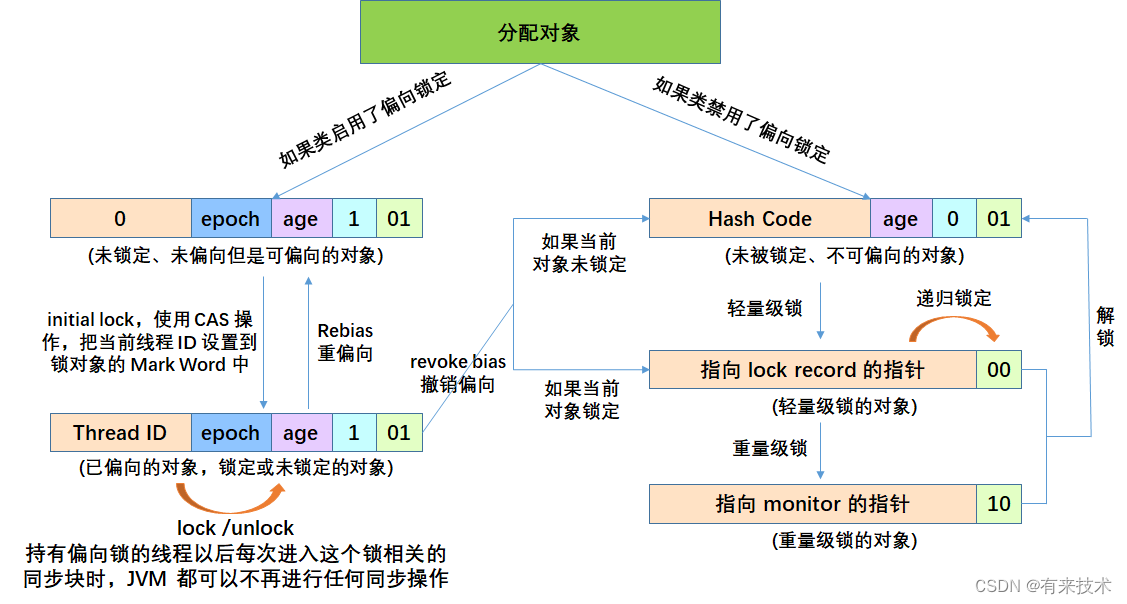

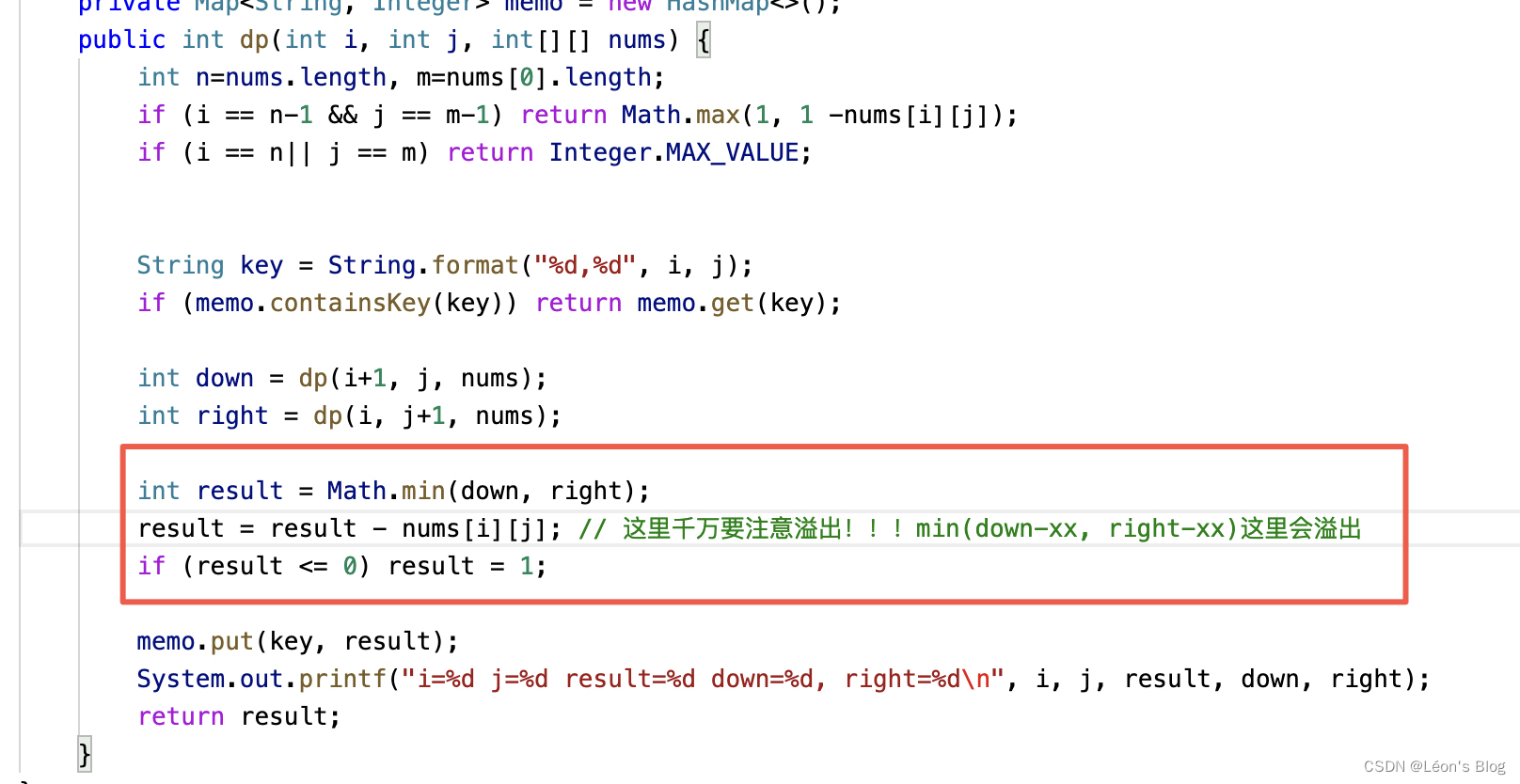


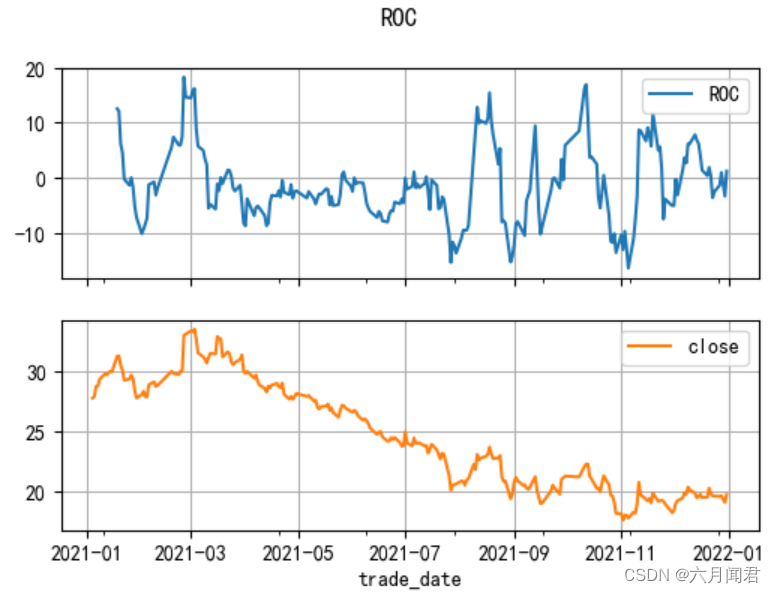

![[计算机网络] 高手常用的几个抓包工具(下)](https://img-blog.csdnimg.cn/direct/b6326eb9fc604bde8c71a15cf2e7539a.jpeg#pic_center)

